Professor Jonathan Weber on 25 years of Imperial’s Faculty of Medicine
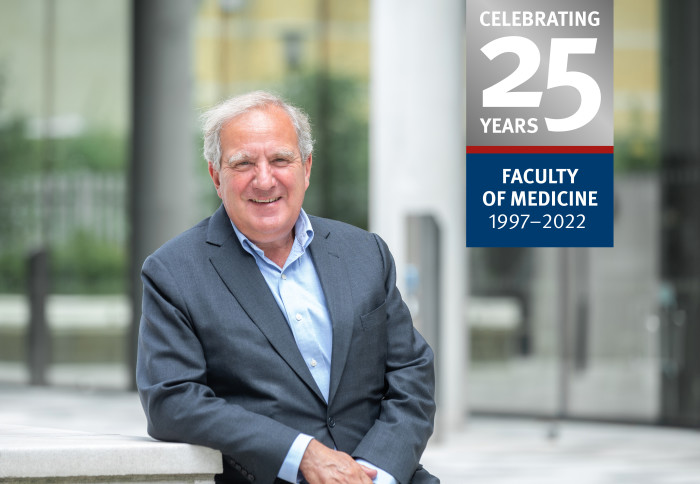
Dean of Imperial’s Faculty of Medicine, Professor Weber talks about his personal experiences of a quarter century of Medicine at Imperial.
Professor Jonathan Weber has been Dean of Imperial’s Faculty of Medicine since 2018. A clinician by training and a renowned HIV/AIDS researcher, he has also been Director of the Imperial College Academic Health Science Centre since 2014.
As part of the Faculty of Medicine's 25th anniversary celebrations, here he talks about his own experiences of Medicine at Imperial from its 1997 merger of west London medical institutions, through to the present day, and on to what he hopes the future holds.
What was the impact of the formation of Imperial’s Faculty of Medicine in 1997?
The Royal Postgraduate Medical School at Hammersmith Hospital and the postgraduate Brompton-based National Heart and Lung Institute were completely different from the more boutique undergraduate medical schools of Westminster, Charing Cross, and St Mary’s. The latter had small student cohorts—generally less than 100—fostering an intimate relationship between academic staff, hospital clinicians and students. Moving immediately to a cohort of 300+ students in 1997 was a massive shock to the system.
"We must continue to celebrate our past while recognising that our present and future is as Imperial" Prof Jonathan Weber
However, as a result of the merger—and consequently our enhanced critical mass, capacity and ambition—we have been greatly helped by being part of an ambitious research-intensive university. There is no doubt in my mind that the Imperial Faculty of Medicine has been more impactful on a national and international stage as a result of the mergers than any of the individual organisations could have achieved alone. The Imperial Faculty of Medicine has absolutely cemented itself as one of the major players in European medicine and we’re now frequently found at the top of national and international academic league tables.
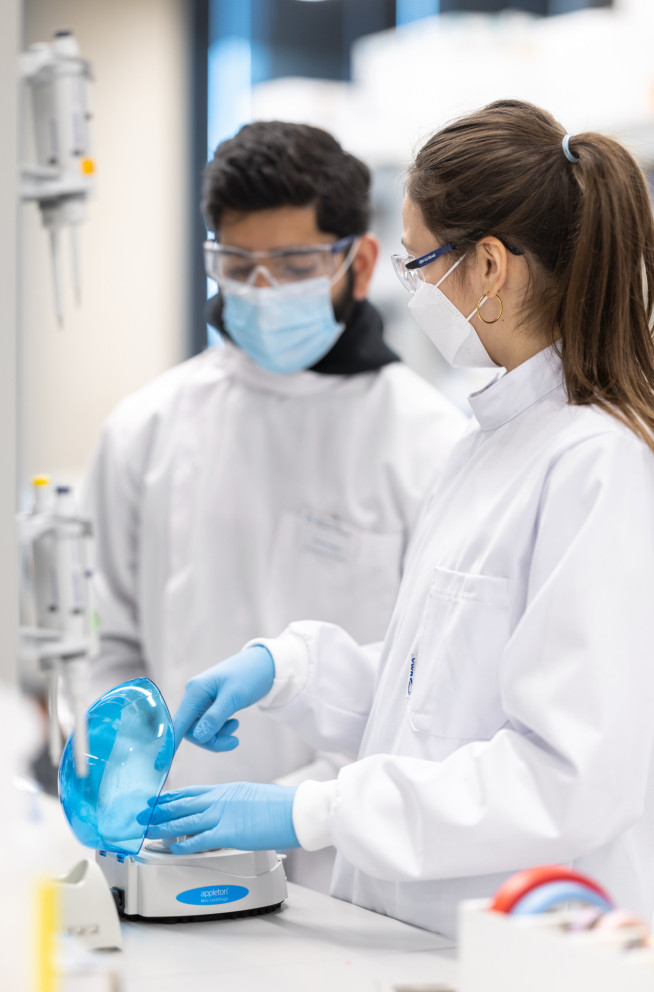
Another result of merger that we can be proud of over the 25 years is integration across Imperial's four Faculties, but that really did take a generation to achieve. It has taken that time for the College to fully understand the potential opportunities in Medicine and vice versa—real integration doesn’t happen overnight. We have now learnt to understand each other’s cultures in a way that truly fosters collaboration. Interdisciplinary initiatives such as our CRUK Major Cancer Centre with the Institute of Cancer Research, London, the UK Dementia Research Institute centres, and the Institute for Global Health Innovation are each powerful examples of pan-College working.
It is important that we never forget our origins; after all, the Westminster Hospital dates back over 300 years, the first new hospital to be built in London after the Reformation and the world’s first to be built by public subscription rather than a religious foundation. It would be immensely sad to just paint over that history and what it means to our alumni. We must continue to celebrate our past while recognising that our present and future is as Imperial College of Science, Technology and Medicine.
Where have you seen the greatest developments over the past 25 years?
Public health has seen the greatest transformation at Imperial. Around the time of the millennium, we attracted over 70 epidemiologists from the University of Oxford to join Imperial alongside existing groups in Primary Care and Population Health Sciences, generating front-page news at the time. This doubled the academic size of what we had in the space and was the foundation of our School of Public Health (SPH), which has subsequently built a huge international reputation, as we have seen in successive Research Excellence Framework (REF) results and most publicly in the UK response to the COVID-19 pandemic. The SPH has been further enhanced recently through attracting the Environmental Research Group from Kings, and The George Institute, a major force in global health research which has moved to White City from Oxford.
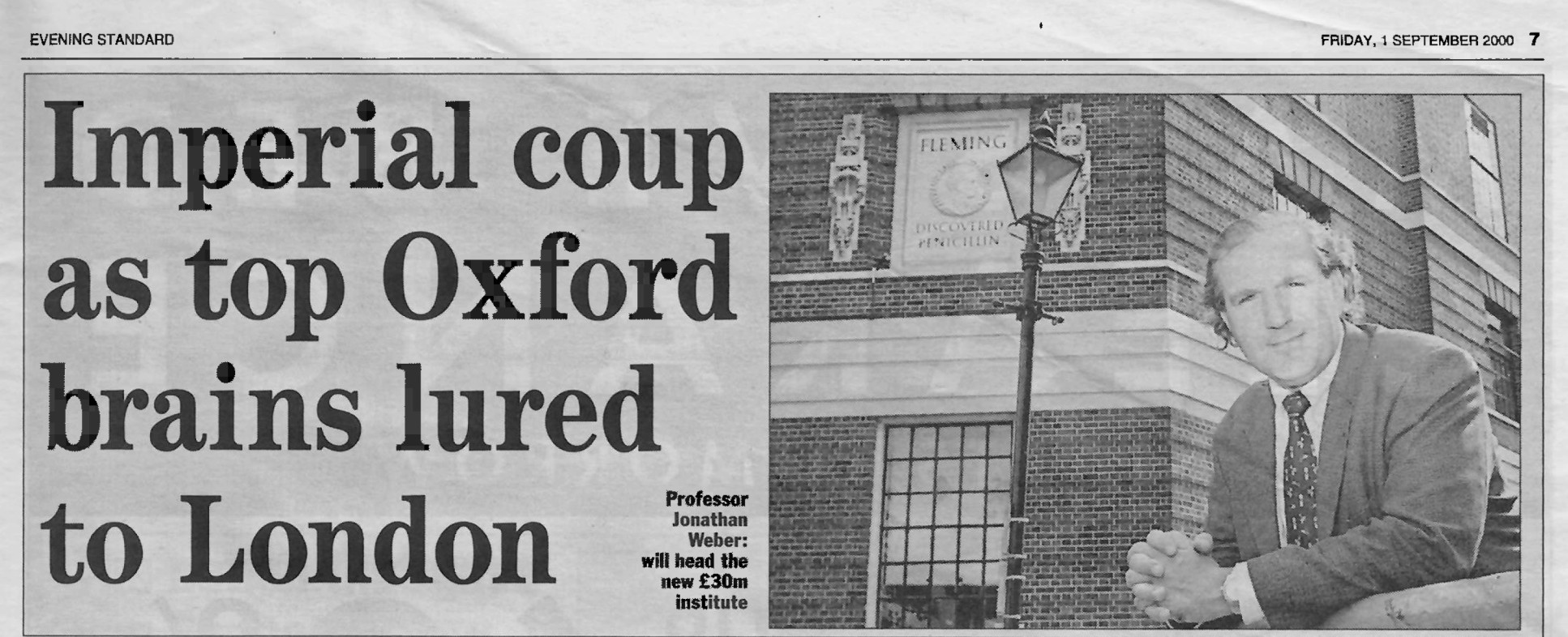
We have also built infectious diseases from relatively modest origins at the Hammersith and St Mary’s to the largest grouping of infection PIs in Europe, spanning virology, bacteriology, parasitology and immunity. Our new Institute of Infection now aligns our diverse infection research across all the College faculties, and our ambitious Medicine estates plan will bring our Department of Infectious Disease alongside the College's Department of Life Sciences under a single roof in the Sir Alexander Fleming Building at South Kensington by 2024.
Academic surgery at Imperial is now the largest grouping in the UK and still on an upwards trajectory, with collaborative initiatives such as the Hamlyn Centre for medical robotics demonstrating the power of close academic alignments between Medicine and Engineering.
Through the legacy of the National Heart and Lung Institute, we have maintained our pre-eminence in respiratory and cardiovascular medicine. The NHLI continues to be a global centre of excellence in heart, lung, and vascular research and education.
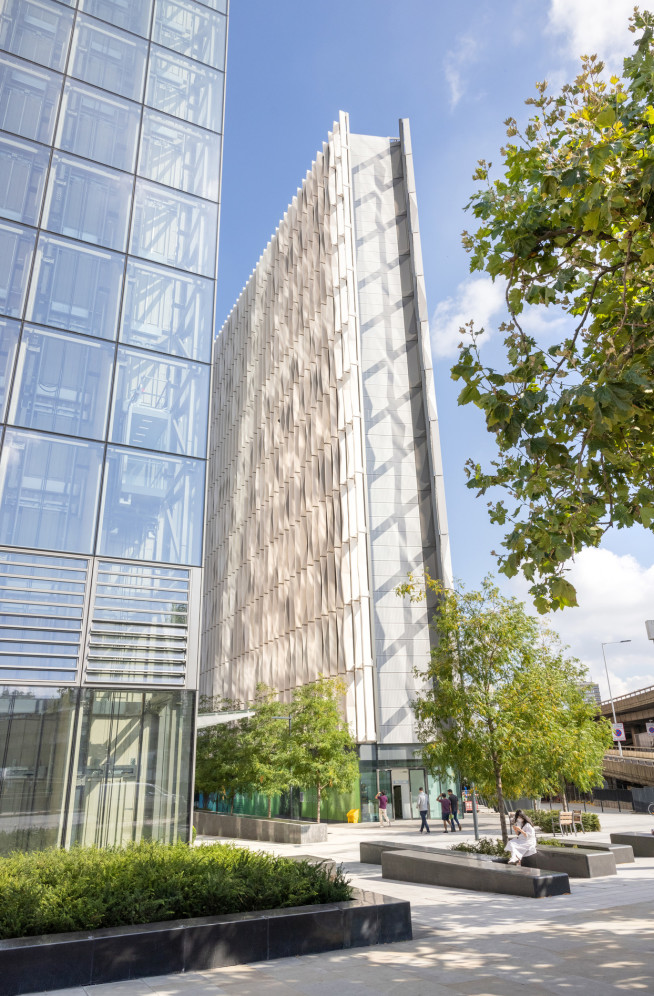
We are the only university to have won two UK Dementia Research Institute centres, anchoring the rebuilding of our Department of Brain Sciences and again illustrating the power of working across faculties. All these Faculty of Medicine departments have a footprint at the Hammersmith/White City Campus, immediately alongside bioengineering, chemistry and data sciences. I am delighted that the MRC London Institute of Medical Sciences (LMS) now has its own building and front door, an inspired co-investment by UKRI with the Faculty of Medicine, cementing discovery science embedded in a clinical environment at the Hammersmith.
We have been bold in our approach to medical education; being nationally capped for undergraduate MBBS numbers, we have developed another successful BSc Medical Biosciences course. We have grasped novel external opportunities, firstly creating a new medical school in Singapore in 2010 in conjunction with Nanyang Technological University. The Lee Kong Chian School of Medicine awards a joint Imperial/NTU MBBS degree, and this new school has already achieved the highest placing in the international league tables of all new medical schools. We now plan a new medical school in Carlisle to open in 2025 in collaboration with the University of Cumbria, directly addressing the health needs of north west England and the Government’s levelling-up agenda.
At a personal level, what are your fondest memories of your time at Imperial’s Faculty of Medicine?
Our silver jubilee year has already delivered many reasons to cheer: the REF 2021 found that Imperial College had a greater proportion of 4* "world-leading" research than any other UK university; the Faculty of Medicine has been ranked top by REF in Epidemiology and in Neuroscience; many colleagues have received prestigious awards and national recognition; the College ranked as the sixth best university in the world in QS World University Rankings for 2023; and our School of Medicine ranked highest for satisfaction in London in this year’s National Student Survey.
Looking back, I was initially an NHS-funded appointment to the College with labs in the Jefferiss Wing at St Mary’s hospital. Around the turn of the century we moved into newly renovated space in the main Medical School Building, which catalysed closer interactions with epidemiology and infectious diseases.
My first admin role in 2000 was as ‘Campus Dean’ for St Mary’s; I led the College’s refurbishment of the former medical school building—my first introduction estates planning. Then in 2004 I was catapulted into the Head of Department of Medicine position, which was both challenging, requiring a major restructure, but also satisfying in equal measure. The HoD position at Imperial is immersive, as budget holder with all the HR responsibilities; it was a real lesson in university administration, and I remain pleased with the appointments that we made during that time.
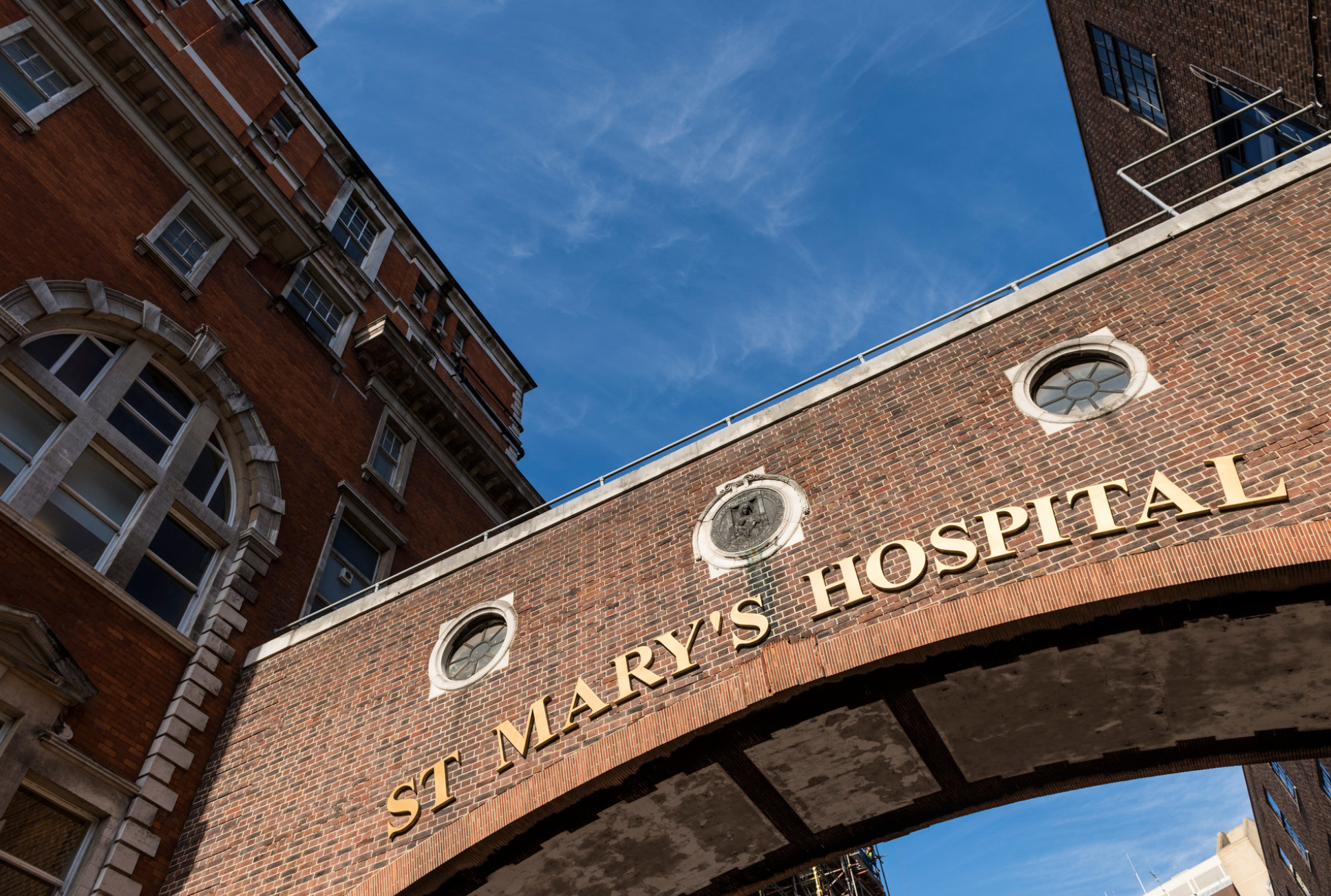
I am proud of all the achievements of our NIHR Imperial BRC since 2008; it was a real effort at first to wrestle with the hospital finances but ultimately our research partnership with Imperial College Healthcare NHS Trust has flourished. We have always been right at the top nationally in terms of winning NIHR BRC funding—£300m awarded since 2007. Through our 2022 reapplication we have been able to show the long-term impact of 15 years of BRC support in experimental medicine across our clinical disciplines; we hope for another good result this year to take us up to 2027.
I am also pleased with the expansion of our Imperial College Academic Health Science Centre (AHSC) to realise more of its full potential at that intersection between research, education and clinical care. I have always found the interface between the College and the NHS a stimulating space to work in; not always an easy space, but it’s critical to both partners.
How did you find giving up your clinical duties when you became Dean of the Faculty of Medicine?
It was a wrench to say goodbye to my clinical work and I still miss working directly with patients. Over my clinical career I established two entirely new services, for HIV/AIDS patients in 1982-4 and for HTLV infection in 1992, both at St Mary’s. I’d carried out clinical HIV research for 35 years and had been a clinician for longer. However, the demands on the Dean in a large faculty such as ours are incompatible with the strains of the modern NHS. I did my last ward round as an on-call physician on a Sunday morning with the duty SHO. At the end of it I told her “This is my last ever ward round—I'll never examine a patient again”; this comment meant absolutely nothing to her, but for me it signified the end of an era.
I have kept my EDCTP research programme going, which keeps me constantly engaged with my research area during the (rare) downtime from my Dean’s duties.
What are your hopes for the future of Medicine at Imperial?
The markers of success will be the same as they’ve always been: our research volume; how well are we publishing; our patents and spinouts; and the big impacts we’ve made on health in general terms. What have we discovered and pushed all the way through to implementation; and of course, how well we’ve trained the next generation of doctors and scientists. This is what we’ll be judged on.
"I want to ensure people from every background can come to Imperial [and] genuinely get the most out of their time here as a student or member of staff" Prof Jonathan Weber
It is also vital that we recruit well over the next few years. My generation who qualified in the 1970s are all retiring, and we must replace them and promote the leaders of the future into our fantastic new and renovated estate. The White City/Hammersmith Campus opens up so many new opportunities for us, perhaps even more than the College originally envisaged, as we bring physical sciences, data sciences and engineering into close proximity with Medicine on a dynamic new campus.
I’m not fully content, but I’m reasonably pleased with the progress we’ve made in gender representation across the academic range. This has improved right up to the leadership level, where half of our departments are led by women. We have fostered an ethnically diverse undergraduate student body, but less so at a postgraduate level and above, where we need to make a real effort.
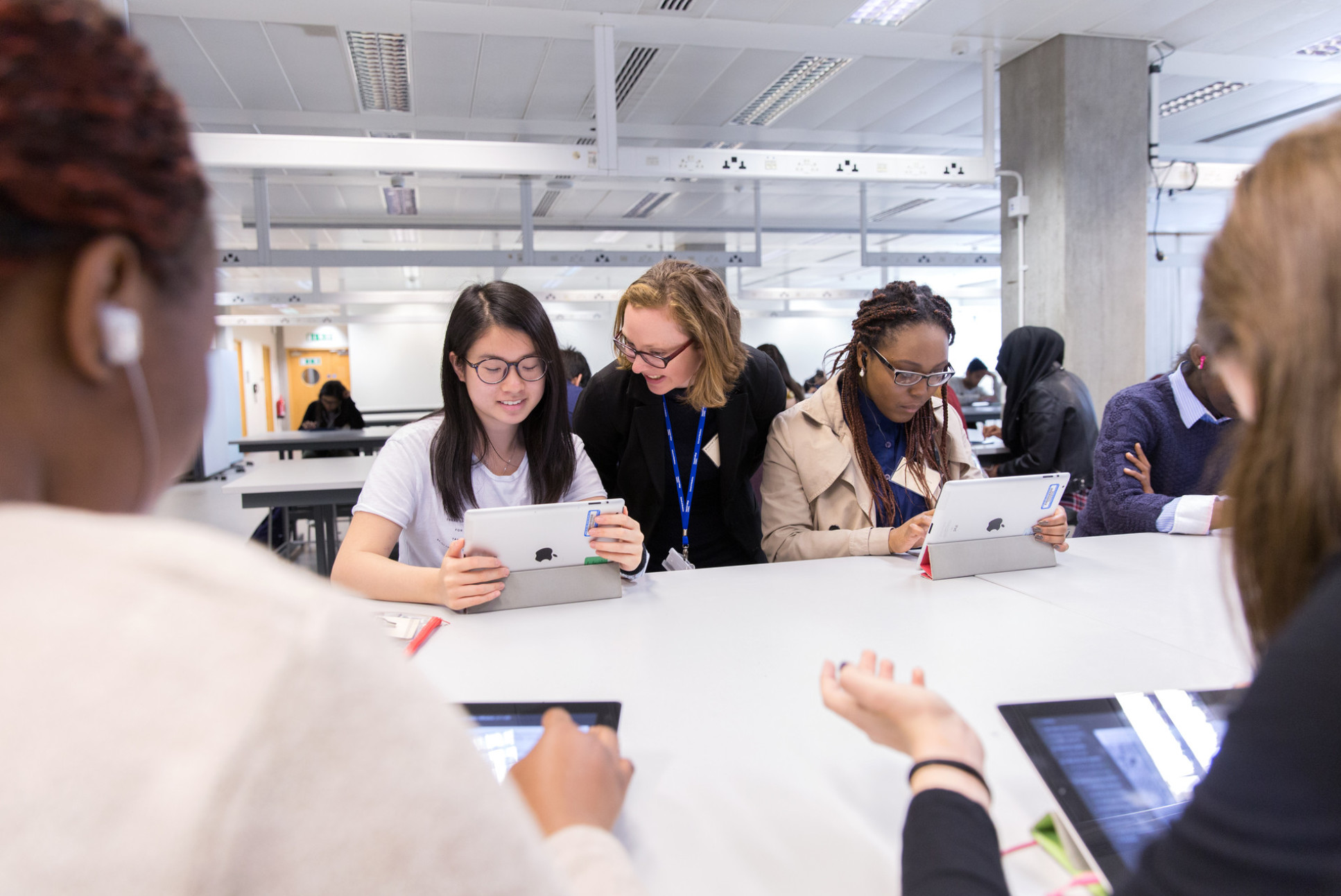
We’re also going to have to work exceptionally hard to build an academic, staff and student body that is more diverse in terms of class; we are still a very middle-class organisation. This is going to take investment in time and money, and I thank the philanthropists who are helping us to achieve our diversity goals. I want to ensure people from every background can come to Imperial, genuinely get the most out of their time here as a student or member of staff, and all reach an equal footing; that would be a real achievement.
Overall, I want to leave a firm basis for my successors to build on. Like any organisation, we’ve not got everything right, and we can always do better. But I think the College, everyone connected to us, and even the nation can be proud of our Imperial Faculty of Medicine.
Article text (excluding photos or graphics) © Imperial College London.
Photos and graphics subject to third party copyright used with permission or © Imperial College London.
Reporter
Mr Al McCartney
Faculty of Medicine Centre
